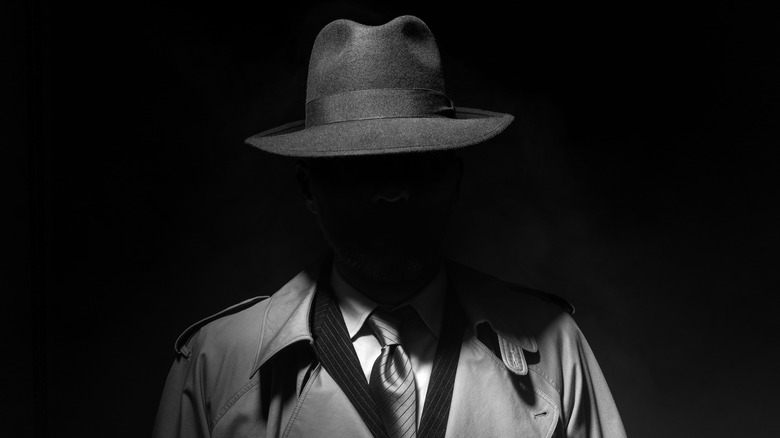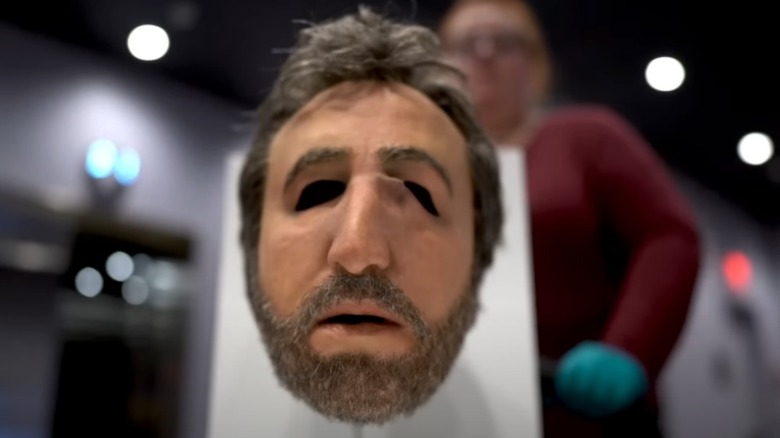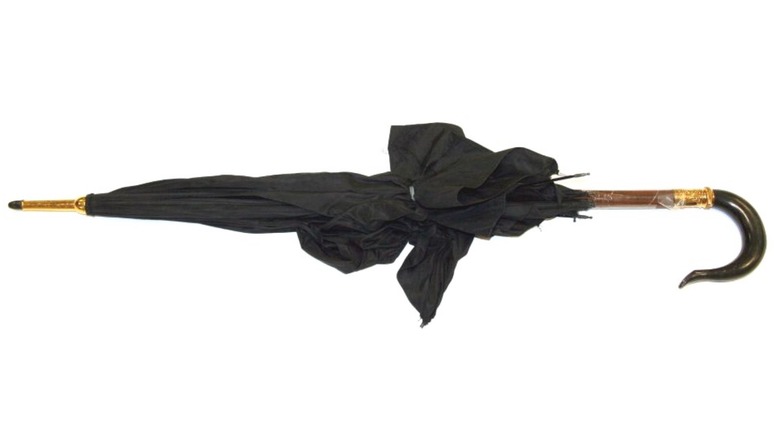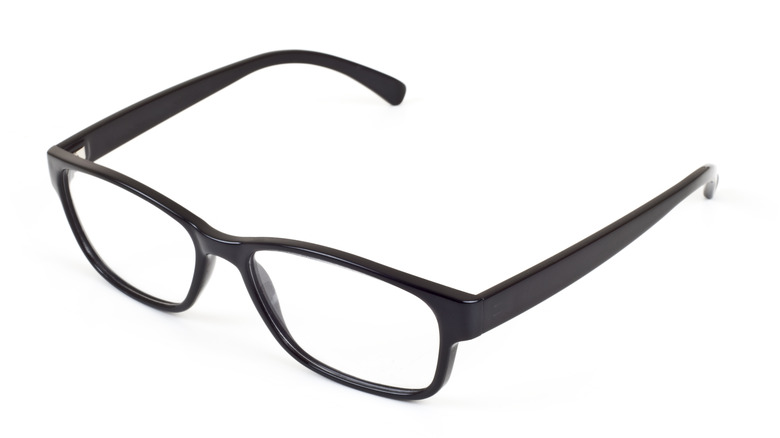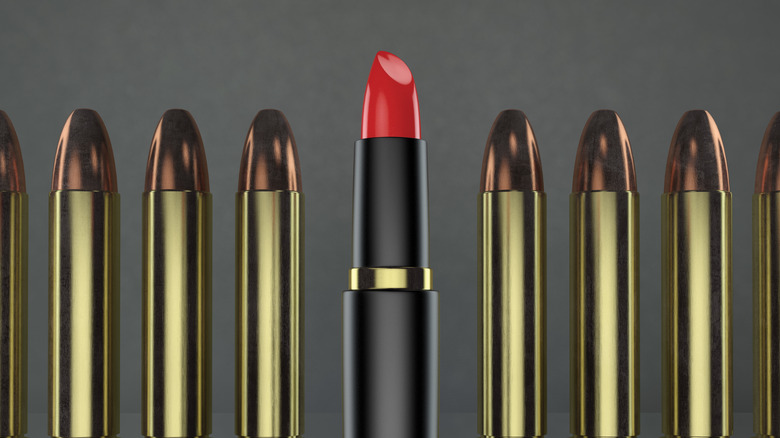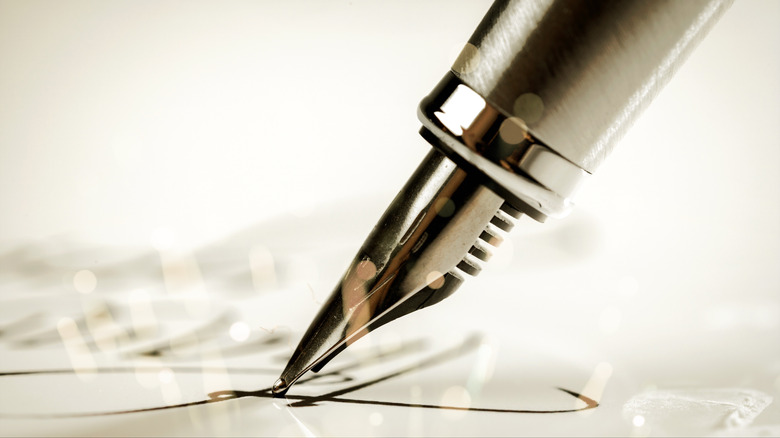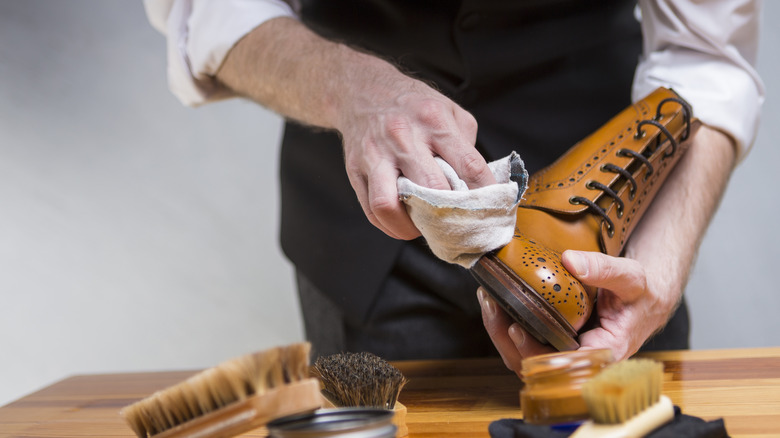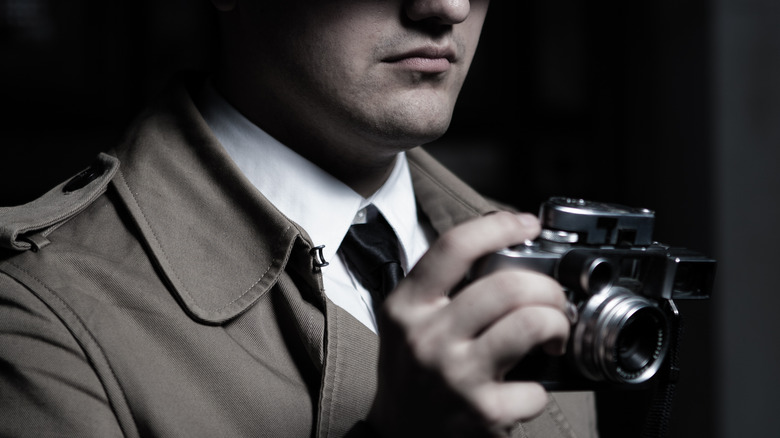7 Impressive Spy Gadgets From The Cold War Era
The allure of espionage has captivated most people from childhood, ranking alongside aspirational careers like astronaut, racecar driver, or pro baller. Alas most of us have not have realized our childhood dreams of becoming spies. In the modern world, espionage predominantly revolves around cybersecurity and online data collection, rendering the traditional Cold War-era spy — operating undercover, using spy cameras and other gadgets, and vanishing without a trace—largely a relic of the past.
The Cold War stressed the critical importance of information warfare, necessitating the deployment of agents behind enemy lines to gather intelligence. It was an era when your neighbor could, quite conceivably, be a covert operative. Both the U.S. and the U.S.S.R. had an extensive network of spies, supplemented by a remarkable array of innovative gadgets and devices. This was new territory, ripe for innovation.
The devices are examples of ingenious technology that spies actually used and have since become iconic historical artifacts. We're taking a look at seven of the most impressive spy gadgets from the Cold War era.
5-Second Mask
During the Cold War, the CIA employed a specialist with the title 'Chief of Disguise,' a position held by Jonna Mendez, who later wrote several books on spycraft.
As the Cold War progressed, field agents increasingly required rapid disguise solutions. At that time, the most realistic prosthetic masks were produced by Hollywood. Mendez collaborated with the special effects team from "Planet of the Apes" to design enhanced disguises for practical spy equipment.
The concept behind the 5-second mask was to create a new face that could, as the name suggests, be perfectly applied within five seconds. Agents needed to be able to put on the mask quickly without needing adjustments or a mirror. Traditional Hollywood prosthetics, which could take hours to apply, were impractical and potentially life-threatening in the field.
Mendez developed a mask that was custom-molded to the wearer's face, capable of transforming their appearance and facial structure, and was both easy to apply and conceal. An agent could put on the 5-second mask while walking down a bustling street, then slip into a side alley or building, stash the mask in a coat pocket or newspaper, and alter their appearance multiple times while walking a single street.
Umbrella Gun
The weaponized umbrella is a classic element of spy lore, with government agencies concealing firearms in various unassuming objects. It's become so prevalent that it's even become part of pop culture. One of Batman's arch nemeses, the Penguin was often seen wielding a weaponized umbrella laden with things like a machine gun or poisonous gas.
These pop culture references stem from the very real assassination of Georgi Markov — a Bulgarian reporter who defected to the United Kingdom. He was outspoken against communism and was the target of several assassination attempts. The final one, which proved fatal, was carried out with an umbrella gun.
While he was walking down the road, he felt a sharp pain in his leg. A man behind him picked up his umbrella, apologized, and then entered a nearby cab. Although the encounter seemed innocuous, the umbrella was actually used to fire a pellet filled with ricin poison.
The umbrella gun proved to be an exceptionally effective assassination tool. It is inconspicuous and can be carried in most cities without attracting attention, and it can be deployed quickly. Markov dismissed his own assassination as random, and it wasn't until he recounted the events after being sick in the hospital that it was determined that he was poisoned by a spy with an umbrella gun. The gun itself doesn't need to be extremely powerful. It just needed to be strong enough to inject a small amount of poison to be lethal.
Cyanide Glasses
One of the more disturbing gadgets to come out of the Cold War was designed to kill the agents holding them. Spies captured behind enemy lines often faced grim prospects: their home countries could not openly demand their return, and they were likely to endure extremely traumatic interrogations. What makes matters worse is that the Geneva Convention, forbidding torture, wasn't signed until a few years after the start of the Cold War, so during that time period, the practice continued.
Without hope of rescue and only torture to look forward to, many spies were equipped with hidden cyanide pills. This fast-acting poison can kill the user in minutes. However, they needed to have it on them somewhere in case they were searched.
An urban legend suggests that some spies carried cyanide pills in false teeth that could be opened and swallowed without using their hands. While false teeth were indeed used by spies, storing a lethal pill in one's mouth would be exceedingly risky, and there is no evidence to support the claim that any such veneers were used to conceal cyanide.
Instead, spies concealed cyanide pills in a variety of other locations. One particularly ingenious hiding spot was the end of a pair of eyeglasses. The glasses appeared entirely ordinary, but in dire situations, an agent could chew on the end of the glasses to access and ingest the hidden cyanide capsule.
Lipstick Pistol
Yes, the iconic weapon of femme fatales was a legitimate spy tool. Spies were not exclusively male; many women were recruited as spies during the Cold War, necessitating a means for them to defend themselves or assassinate targets.
The lipstick pistol looked just like a tube of lipstick. Instead of holding makeup, however, it held a single bullet round. To activate the pistol it could be pressed against the target to trigger the firing mechanism. It works similarly to a spring-loaded center punch. When the spring inside was compressed, it packed just enough punch to release and strike the round's primer, triggering the gun.
These were issued to female spies by the KGB. As a single-shot weapon, it was only designed to be a last resort. There aren't any official stories of the lipstick gun being used in the field or any high-profile cases. That doesn't mean that they weren't, however. There are just no public records.
The ingenuity of hidden weapons continues to captivate the world, with concealed firearms remaining synonymous with spycraft and espionage. This fascination has even extended to the world of cinema. A comedic rendition of the lipstick gun was featured in the "Johnny English" films, where actor Rowan Atkinson (Mr. Bean) parodied a James Bond-esque spy with his signature comedic flair.
Disappearing Ink Pen
Disappearing ink, a staple item in joke and magic shops even today, is marketed as a gag gift for refilling pens or spilling black ink on a friend's shirt, only for it to vanish and become transparent seconds later.
Interestingly, novelty joke items like disappearing ink have historical roots in encoding messages. Various types of disappearing ink existed, each with unique properties. Some inks would only become visible when exposed to heat, others would turn red upon contact with a certain catalyst, and some particularly macabre inks would only become visible when exposed to blood.
By the Cold War era, encoding messages with disappearing ink was a common practice, necessitating continuous adaptation due to widespread awareness of once-successful concealment methods. This led to a constant cycle of innovation and a struggle to stay ahead.
During the Cold War, home-brewed inks became less common, supplanted by a popular method known as dry transfer. This process, similar to contact paper on a credit card receipt, involved writing on the top layer and transferring the writing to the paper below. However, instead of black ink on the transfer paper, chemicals were used to inscribe the message, resulting in an unmarked, dry piece of paper that could be decoded later.
Decoding the message could be equally challenging. Sometimes, several different chemicals, applied in a specific order, were required to reveal hidden messages. Revealing a single message might necessitate several different chemicals applied over several hours.
Shoe Transmitter
The shoe transmitter is one of the most iconic innovations in the world of spy gear. A common trope in spy narratives involves someone scanning a room with an electronic wand to detect "bugs" or wiretaps, a scene that has become synonymous with espionage.
In reality, this was a genuine concern. Diplomats were trained to remain vigilant and to scrutinize anything unusual. However, when shoe transmitters were first unveiled, no one was prepared. Individuals with access to a diplomat's hotel room or living quarters would either install a transmitter in the shoe's heel or replace the shoes with an identical pair containing a transmitter.
Once activated, the transmitter would capture any sounds or conversations and relay them to a station for recording or live monitoring. Any confidential or official meeting could be recorded if someone wearing the bugged shoes unwittingly entered the room.
This practice became widespread during the Cold War, and while shoes are the most iconic objects associated with transmitters, they were embedded in everything. Virtually anything had the potential to conceal a secret transmitter. Lamps, smoke detectors, telephones, watches, or any object large enough to accommodate a listening device could potentially hide a transmitter.
Spy Cameras
It may be hard to imagine the importance of spy cameras during the Cold War when today almost everyone in the world carries around a high-definition digital camera in their pocket. Film cameras of the time were rather large. Quite literally, they were the size of a brick, and often times larger if they had attachments.
Miniature film cameras, a relatively recent innovation, faced several challenges. Being film cameras, they needed to be entirely self-contained and light-proof. Additionally, they had to be large enough to house the film inside the casing and include a mechanism to wind it. Without these features, the camera would be restricted to a single shot.
During the Cold War, government agencies developed and manufactured various models of spy cameras, significantly smaller than standard commercial designs. These cameras could be concealed in ordinary objects like cigarette packs, wristwatches, or belt buckles.
Instead of attempting to steal secret documents or copy them down, it was much easier to simply take a picture and leave the original. This way, nobody knew that information was compromised or even that anyone had been there.
